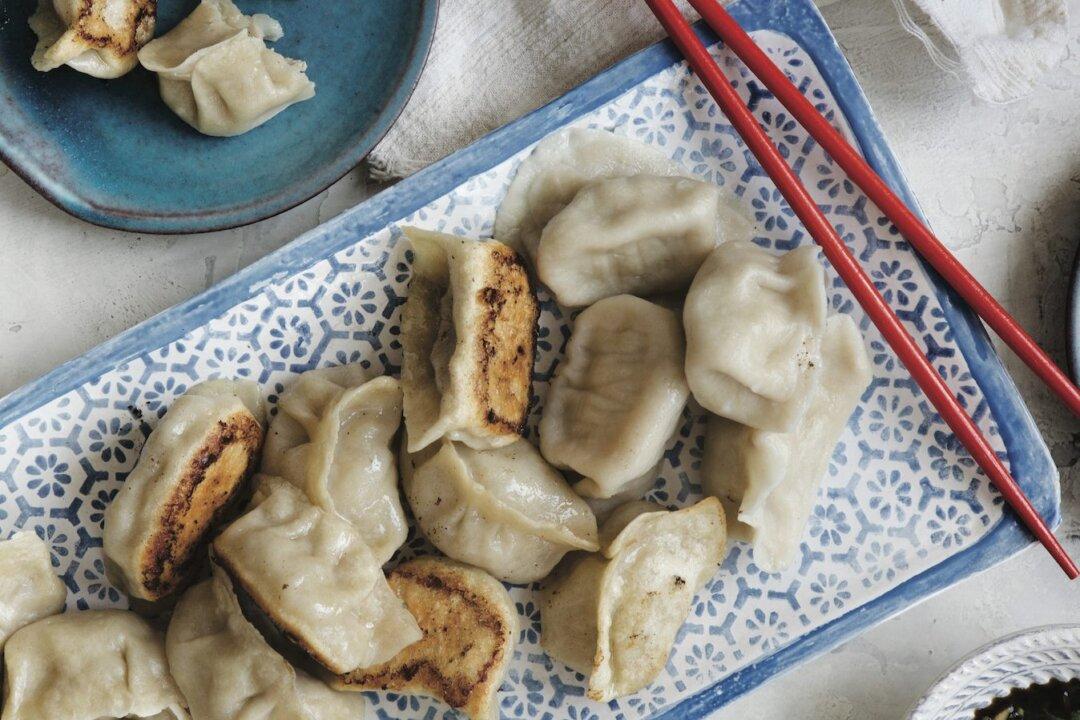Pork and Chinese Cabbage Dumplings
Pork and Chinese cabbage make the classic dumpling filling. I recommend using the best ground pork you can find. I buy ground Kurobuta pork. Kurobuta is the Japanese name for the Berkshire breed of pig. It’s a high-quality pork that has plenty of marbling, which gives the filling great flavor. You can also buy ground pork from your favorite local farmer. If you have access only to what is available at your nearest supermarket, it’s totally fine. This recipe will work. What I suggest is to buy unseasoned bulk sausage instead of the regular ground pork, which tends to be too lean, making the flavor flat after it’s cooked. The other option, if you have a meat grinder, is to grind some pork butt for the filling. Chinese cabbage, also called napa cabbage, is widely available. The filling can be made up to a day ahead.Makes about 45 to 50 dumplings
- 1 batch dumpling dough (recipe follows) or store-bought dumpling wrappers
- Soy-Ginger Dipping Sauce (recipe follows), for serving
- 1 pound ground pork
- 2 1/2 cups loosely packed, finely chopped Chinese cabbage
- 2 tablespoons soy sauce
- 1 stalk green onion, finely chopped
- 1 teaspoon minced ginger
- 1 teaspoon sesame oil
- 1/4 teaspoon white pepper powder






